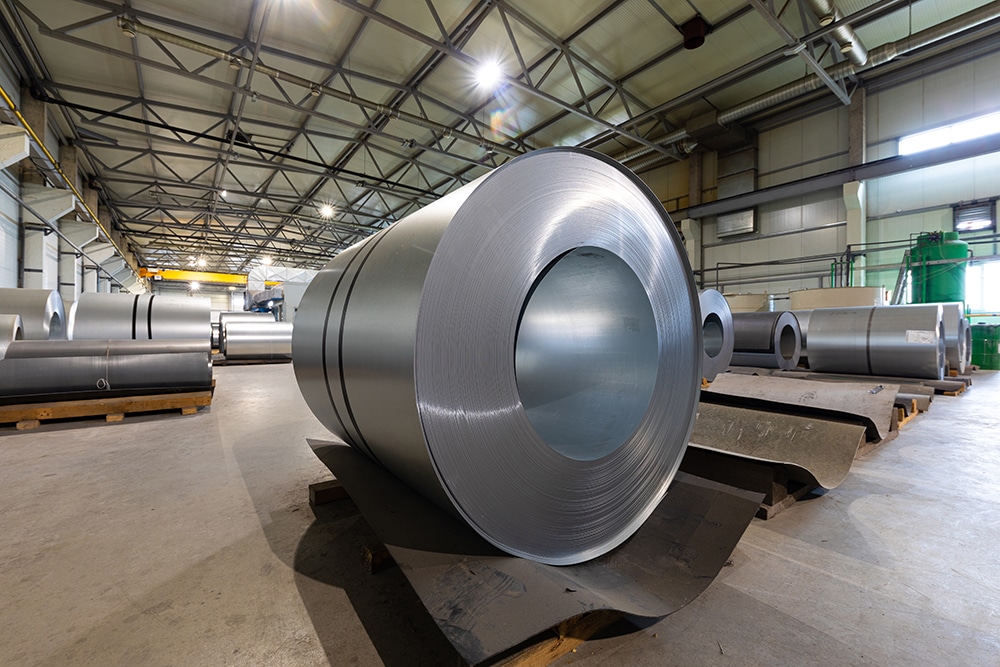Subdued Market Reaction So Far to China’s Targeted 2024 Growth Rate

Investors, traders, and the metals community continue to anticipate fresh stimulus measures from China’s top leaders, which could potentially kickstart economic growth, increase metals consumption, and affect metal prices. However, they remain rather disappointed with Beijing’s target 5% growth for 2024.
Moreover, demand has remained subdued since the Lunar New Year holiday. Almost everyone was awaiting the annual, week-long session of China’s parliament, which ended on March 11, 2024, as well as the decisions stemming from it. Reports indicate that the NPC annual session saw attendance from Chinese President Xi Jinping, top party dignitaries, and over two thousand delegates from across the country.

However, initial reports from metals markets worldwide show that the 5% growth target has slightly dampened risk sentiment across Chinese and other futures and equities markets. It is worth nothing that this target is similar to China’s growth rate from 2023, which the nation did achieve.
At this rate of growth, the Chinese Govt. hopes to create over 12 million urban jobs and keep the level of the surveyed urban unemployment rate at about 5.5%. Despite domestic challenges, China reported its GDP grew by 5.2% last year, and that it created over 12 million urban jobs. However, some experts continue to dispute this.
MetalMiner just released the Annual Metals Outlook March update. Receive access to proven nickel price forecasts, buying strategies, key stainless price drivers and the average nickel price for the next 12 months. Get a sample copy here.
A Lukewarm Response from Metals Markets
The metals and minerals markets were eagerly awaiting some positive news from Beijing. The hope was that China’s leaders would give production, and consumption, and metal prices a boost. However, the majority of nonferrous metals experienced a drop in prices during early trading on Tuesday. According to this report, traders felt disappointed over the absence of new supportive measures coming from China’s pivotal political gathering,
At the London Metal Exchange (LME), three-month copper CMCU3 declined 0.4% to $8,506.50 per metric ton. Still, the most-traded April copper contract on the Shanghai Futures Exchange (SHFE) SCFcv1 rose 0.1% to $ 9,594.86 (69,060 yuan) per metric ton. Meanwhile, LME aluminum CMAL3, nickel CMNI3, and Zinc CMZN3 prices also declined.

According to news agency Reuters, the LME prices remain under pressure for a variety of reasons, including a subdued economic growth outlook, poor manufacturing data, and the lack of any major stimulus support announcements.
As part of whatever stimulus the Chinese government can give its economy, Beijing said it plans to issue what it calls an “ultra-long” special treasury bond this year. Worth about U.S. $139 billion or 1 trillion yuan, the government will use the money to fund projects aligned with China’s national plan. According to claims from some experts, this represents China’s bid to enhance the the overall intensity of its fiscal policy.
Analyst Reactions and Possible Impact on Metal Prices
In keeping with the slightly disappointed sentiment, aluminum prices also recorded declines in the days immediately after the announcement from Beijing. Some believe the government’s declaration of at least a 5% economic growth target offered a degree of reassurance, fostering expectations of a promising first quarter for the economy.
Nonetheless, observers remain apprehensive due to the troubled property market and its potential effects on the demand for aluminum. Experts currently forecast that aluminum consumption in China will grow slower this year compared to the 7.6% increase recorded last year.

The steel sector, too, seemed to express disappointment over the absence of significant stimulus measures tailored to its specific needs. Following the announcement, prices of ferrous futures witnessed a widespread decline. Moreover, most actively traded contracts for steel rebar and hot-rolled coil on the Shanghai Futures Exchange concluded the trading session at their lowest closing prices in over four months.
However, as per this report, the government may not be able to swiftly reverse directions through short-term policy measures, given China’s current economic and political landscape.
Subscribe to MetalMiner’s free weekly newsletter now and get the most ROI in falling demand markets.
China’s Real GDP Growth Conceals Deflation’s Impact
According to that analysis, the nominal growth rate would exceed the real growth rate under normal circumstances. However, during deflationary periods, the real growth rate may appear misleading due to deflation pushing up the actual figures. Because of this, the claim that China’s real GDP figure surpassed its nominal counterpart suggests that, in reality, negative inflation boosted Beijing’s gross value of output. Minus deflation, China’s real GDP growth last year would have been lower than 5%.

The Chinese government remains acutely aware of this situation, frequently seeking to boost domestic consumption in anticipation of declining exports. However, they have had very limited success. The report also predicts that China will likely continue to capitalize on its strengths in emerging export sectors, such as electric vehicles.
Meanwhile, the collapse of the real estate sector eroded substantial portions of household savings over the past two years, undermining the government’s efforts to spur personal consumption and investment. According to this analysis, individuals continue to refrain from spending, businesses remain hesitant to invest, and entrepreneurs have decided to take a “wait-and-see” approach.
MetalMiner Insights is your key to risk-mitigating strategies, view our full catalog of covered metals.

